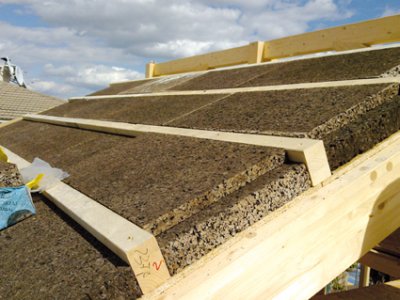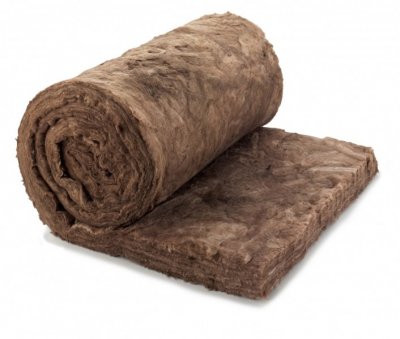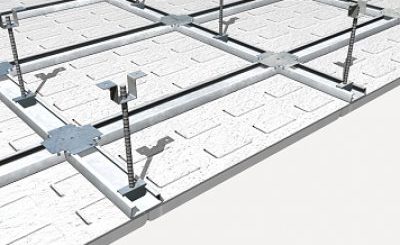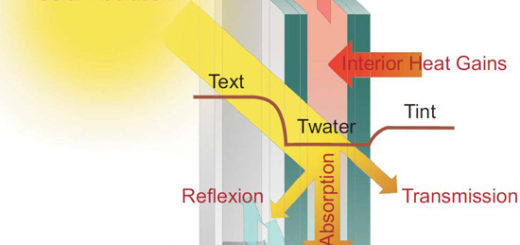Thermal Insulation Materials: Types, Uses, and How to Choose the Best Option for Your Building

What Are Thermal Insulation Materials and Why Are They Essential in Modern Construction?
In contemporary building design, thermal insulation is a fundamental component of any enclosure. Except in extremely mild climates, it is almost impossible to conceive a wall, roof, or façade without proper thermal insulating materials. Their role in improving energy efficiency and reducing heat loss is crucial.
Understanding the Thermal Performance of Insulation Materials
Most thermal insulation materials have a conductivity value (λ) ranging between 0.04 W/m·°C and 0.10 W/m·°C. Because of this low conductivity, insulation dramatically improves the overall performance of an enclosure.
For example, a traditional brick wall or a 60-cm-thick stone wall can have a heat transmission coefficient (U-value) of around 3 W/m²·°C. However, the same enclosure, when combined with high-quality insulation, can reduce that U-value to 0.5 W/m²·°C — a substantial improvement that translates into significant energy savings.

Energy Savings and Payback Time
Although it is difficult to generalize the payback period of installing insulation in both new construction and renovation projects, the return is typically fast. In many cases, the investment is recovered in a single heating season, depending on the climate and the energy system used.
Types of Thermal Insulation Materials
The market currently offers a wide variety of thermal insulation materials. While differences exist in composition and performance, all of them are primarily classified by their thermal conductivity — the key parameter that determines insulating capacity.
Insulation materials can be grouped into three main families:
- Synthetic materials — foams, polystyrene, polyurethane
- Mineral materials — rock wool, glass wool, perlite
- Vegetable-based materials — cellulose, cork, wood fiber
There is also increasing interest in ecological insulation and in materials classified according to their environmental impact.

Formats and Applications of Thermal Insulation
Insulation materials are manufactured in different formats depending on their intended use:
Rigid Panels
Used in vertical and horizontal enclosures. Their mechanical resistance allows installation in load-bearing or walkable areas such as roofs and slabs.
Flexible Blankets
Suitable for non-walkable horizontal enclosures, such as attic slabs beneath pitched roofs.
Flexible Panels
Designed for irregular or uneven surfaces where rigid systems cannot adapt.
Injection Systems
Mainly used in renovation projects to insulate inaccessible cavities within walls or enclosures.
Pipe Insulation
Specific insulation designed for heating, HVAC, and plumbing systems.
Additive Materials
Insulating additives can be mixed with cement mortars or other binders to improve thermal performance.
Structural Insulating Blocks
Composite blocks that combine concrete with an internal insulating core, ideal for walls and structural slabs.
How to Choose the Right Thermal Insulation Material
When selecting an insulation material, consider the following technical criteria:
- Thermal conductivity (λ) — lower values mean better insulation.
- Density — affects comfort, thermal inertia, and acoustic absorption.
- Water vapor permeability — essential for avoiding condensation.
- Mechanical resistance and compressive strength.
- Durability and deformation over time.
- Fire resistance — critical for safety and code compliance.
- Chemical behavior — performance when in contact with chemical agents.
The optimal choice depends on balancing all these variables according to the specific requirements of the project.


















